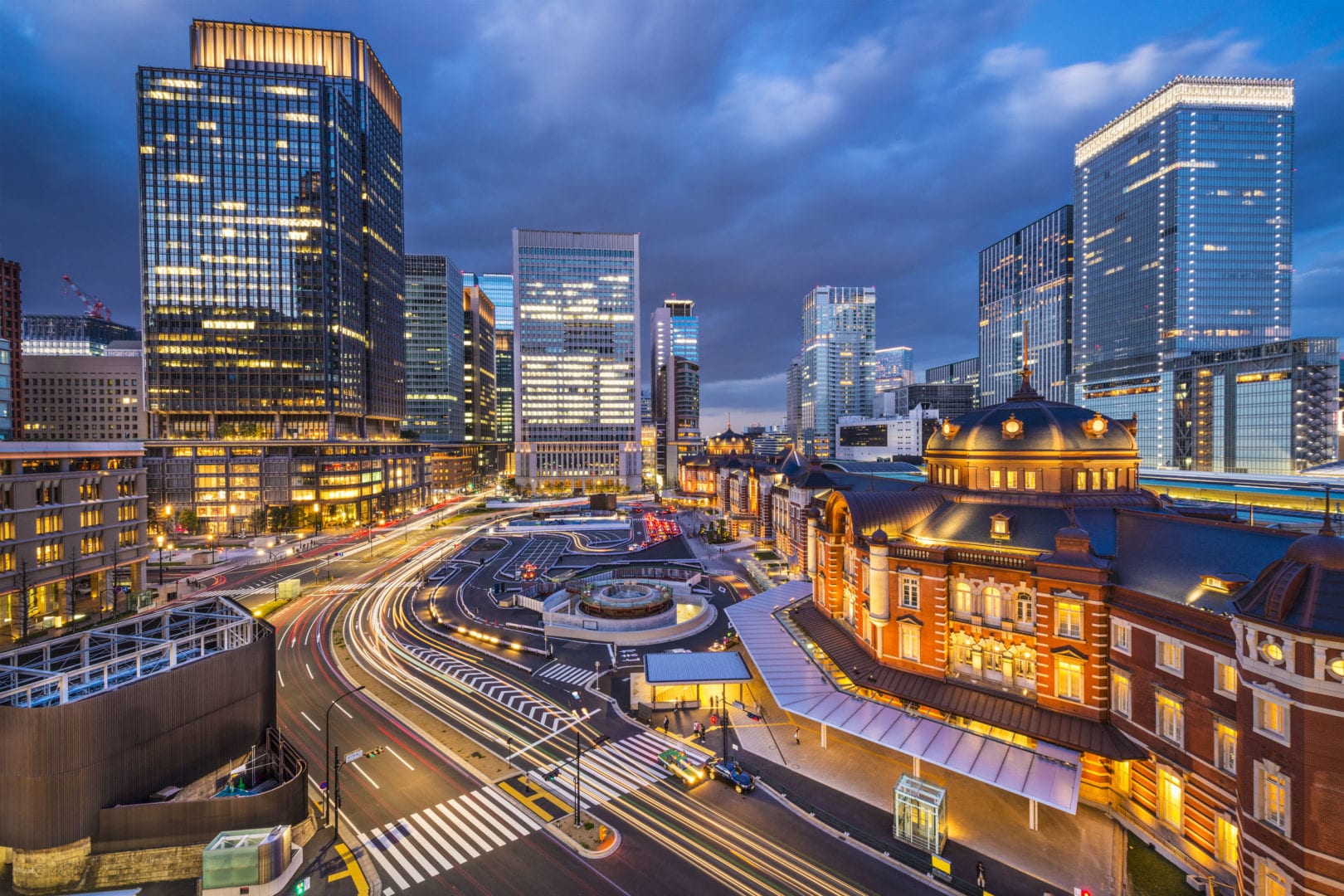Toll Free: 1-877-815-4227
 International: 1-603-516-0200
International: 1-603-516-0200

Toll Free: 1-877-815-4227
International: 1-603-516-0200

Previously, we’ve talked about increased Japanese travel and the high possibility of more timeshare resorts coming to the country’s top destinations. With Japan tourism looking to bring in 40 million visitors by 2020 and 60 million by 2030, it’s no surprise that the country is working to transform the tourism economy by pushing local officials and business leaders.
Japan is ambitious when it comes to thinking about their tourism. With the large goals to attract millions of visitors in the coming years, it’s important that they prepare for such a significant influx.
This has been a work in progress since 2016, when Prime Minister Shinzo Abe announced his plans to make inbound tourism a keystone of Japan’s future growth. So far so good, with Japan National Tourism Organization (JNTO) showing statistics that the country received a record 31.2 million inbound tourists in 2018. This is a full 8.7 percent increase from 2017.
Japan is also looking forward to international events including Rugby World Cup 2019 and the 2020 Summer Olympic and Paralympic Games in Tokyo.
With this intense Japan tourism growth, there are challenges that must be addressed to make everything go smoothly. Current projects in the works include focusing on tourist-friendly amenities such as free Wi-Fi services in many of Japan’s rail stations and bullet trains, more accessible taxi apps, smartphone guide apps, maps in key tourist hotspots, and the countrywide development of new multi foreign-language signage.
But improvements alone are not enough. Japan is also working on figuring out the growing imbalance of visitors between the most popular destinations and the lesser-known ones.
Many visitors spend their time and money in destinations like Tokyo, Kyoto, and Osaka. However, the lesser-known regions could greatly benefit from tourists. In the same way, this imbalance can be harmful with the more popular destinations, causing headaches for local officials and residents with overcrowded public transport, crowds at tourists sites, and high demand for a limited supply of accommodations.
The country is now developing new strategies to encourage “visitor dispersal” by developing new tourism regulations, infrastructure, and promotional activities that will entice tourists to add lesser-known destinations to their travels.
Last year, Japan National Tourism Organization launched a multi-lingual marketing campaign that targets long-haul travelers (those that travel and stay between 7 and 13 days) called “Enjoy my Japan.” This campaign capitalize on the sevens passions—cuisine, tradition, nature, city, relaxation, art, and the outdoors—and encourages those travelers to explore outside of Japan’s most popular attractions.
Many people, including these targeted long-haul travelers, only think of the metropolitan areas of the country and don’t consider the natural parts of Japan. This includes the country’s beaches and 34 government-registered national parks.
The country also launched the Private Lodging Business Actin June 2018, to better manage the growth of private lodging services and expand the availability of safe lodging, particularly in the rural areas. This will help encourage more travelers to stay outside of the metropolitan areas and explore less-visited regions.
Keep following our blog for more updates about the Japan tourism industry and how the country evolves. We look forward to seeing Japan’s economy thrive with this large push to transform all the sectors of their tourism industry.
Comments